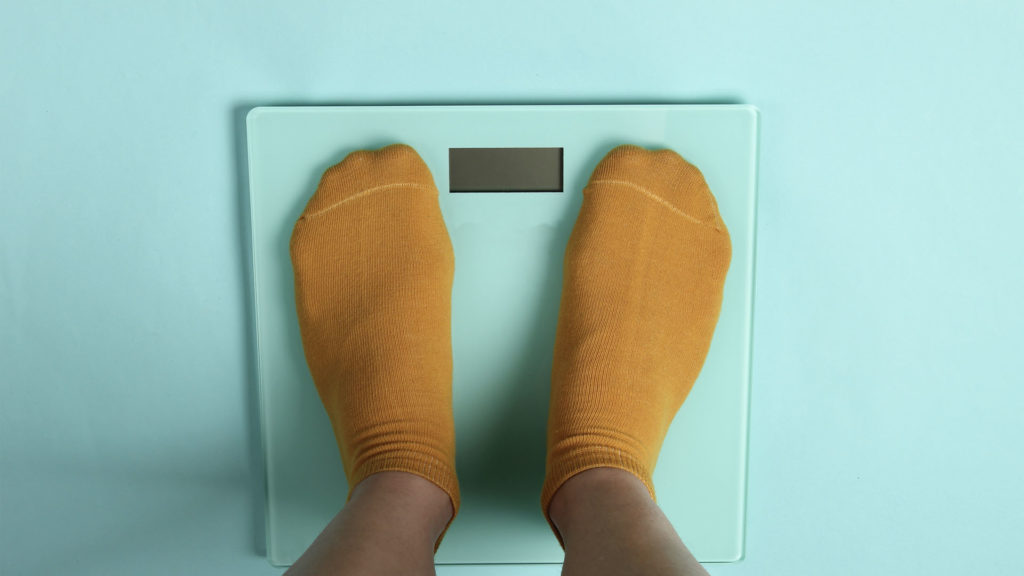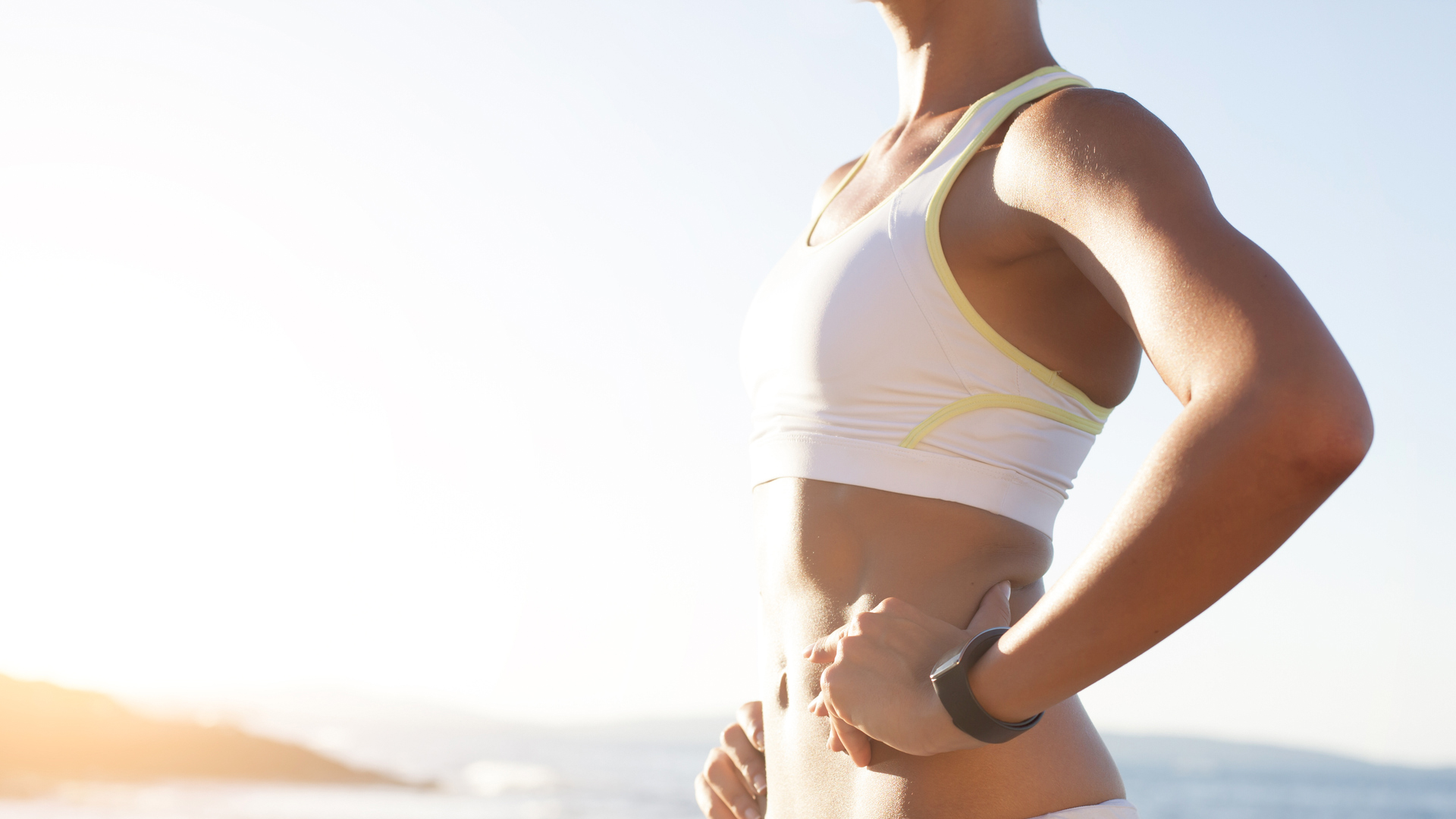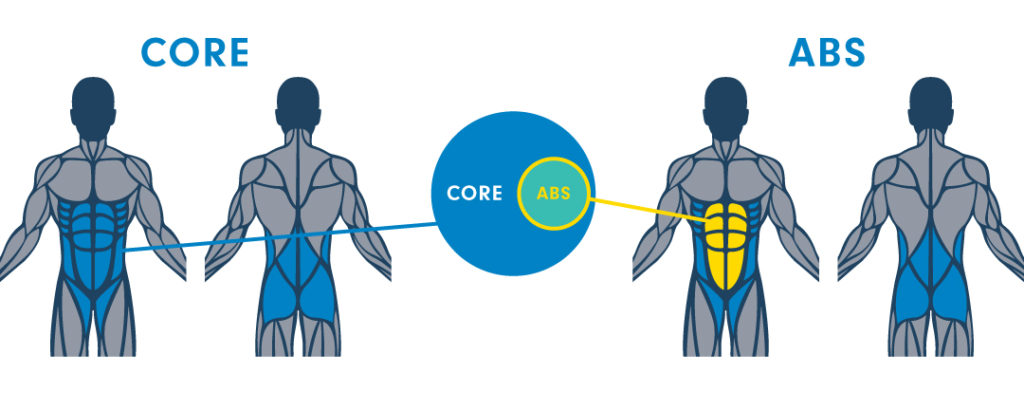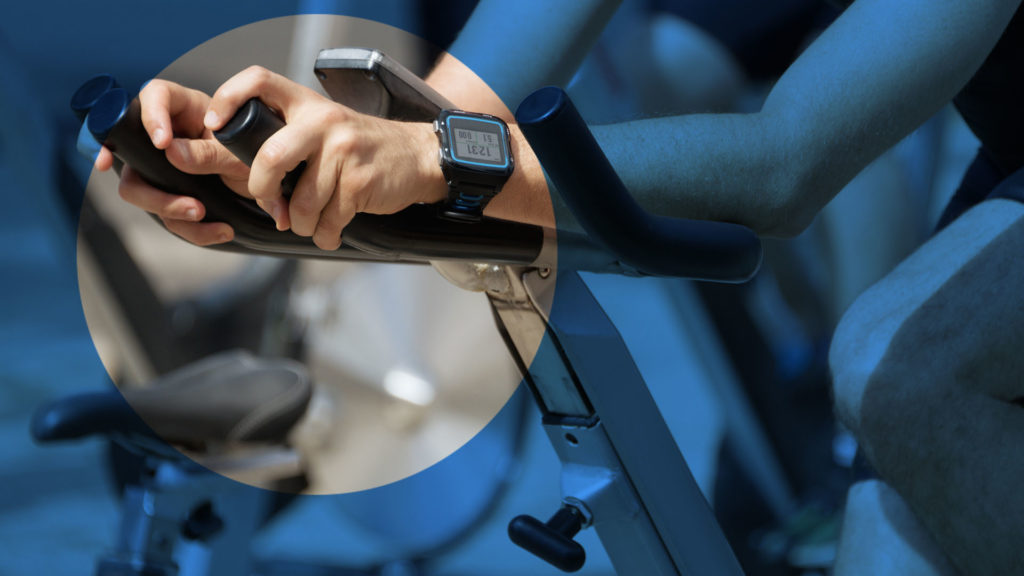
Do Exercise Bikes Work Out Your Abs and Core?

Exercise bikes are fantastic for getting in a quality, low-impact workout. Muscles of the legs and core are particularly engaged when pedaling. While the abdominal muscles are used in cycling there are a couple factors that limit their engagement on a typical exercise bike. The abs, however, are highly engaged in diaphragmatic breathing, especially when exercising at moderate to vigorous levels.
Find What You Need
Muscles Targeted in Biking Workouts
Riding an exercise bike is a great workout. It is non-load bearing, meaning you don’t have to support your entire body weight like you do when running, making it low-impact option.
And it works a variety of muscles especially those in the legs and core. Exercise bikes also are an effective way to lose weight.
As for abs, well, you certainly use your abs when cycling, but they’re not the main muscles used in moving you down the road or bike path (real or simulated.) Read on to learn how exercise bikes work out your abs and core.
Legs
Let’s start with the obvious. Have you ever looked at the legs of a serious or professional cyclist? Every day is leg day on a bicycle! The quadricep, quad, or quadriceps femoris are terms for the four muscles on the front of the leg. Go on a ride longer than you are used to or ride faster than you usually do and you will quickly become familiar with these muscles as you massage the next day’s soreness. Want good looking legs? Get pedaling.
Cycling also works the rest of the muscles of the legs: hamstrings on the back of the thigh, calves on the back of the lower leg, and if you use clipless pedals (like a ski boot binding for bicycles) the tibialis anterior on the front of the shin can get a workout too.
Core
Now back to the question: “Do exercise bikes work out your abs and core?” Let’s define what is meant by core muscles. Core muscles are the muscles that attach the legs, pelvis, and spine together. Core muscles encompass all of these muscles: abdominals, obliques, low back, pelvic, glutes, hip flexors, diaphragm, and more.
Biking relies heavily on the hip flexors (a complex of four muscles), the glutes or butt muscles (a group of three muscles), and the muscles of the low back. Any exercise, particularly at a moderate to vigorous pace, also works your diaphragm, but more on that later.
Does cycling work out your core? Absolutely yes.
Abs
The abs or abdominal muscles are a subset of the core muscles. If you know what a Venn Diagram is then “abs” is a circle that is completely inside the “core” circle. As illustrated above, cycling absolutely works your core. Does cycling work your abs? A bit.
A couple factors work against cycling being a great abdominal workout. First, the body position on an exercise bike works against using the abdominal muscles effectively. The typical bent over position reduces the amount of work the abs need to do. Second, the work in moving the leg in a circle is done more by the hip flexor (particularly the rectus femoris) than the abs.
But not all is lost. The abs are still active on an exercise bike, just not as much as other muscles, and not as effectively as exercises that specifically target the abs.
Diaphragm and Diaphragmatic Breathing
There is one other muscle in the core group that can and should get a workout as you pedal. The diaphragm. The diaphragm is the long muscle that separates the chest and lungs from the abdomen. It is the major muscle involved in breathing. (If you play a woodwind or brass instrument or sing, you are likely already familiar with diaphragmatic breathing.)
To inhale, the diaphragm contracts. To exhale, the diaphragm relaxes. Simple. To take a deeper inhalation, the abdominal muscles must relax – the effect is that your abdomen presses outward. “Breath into your belly” as you might hear in yoga practice. By relaxing the abs the diaphragm can push further into the abdominal cavity and literally presses your internal organs down and out. This further reduces the pressure in the lungs and the lungs fill with more air.
To exhale the diaphragm relaxes. Relaxing the diaphragm now allows the air in the lungs to exit. To exhale more deeply, abdominal muscles contract, pressing in on the internal organs and thereby pressing up on the diaphragm, increasing the pressure in the lungs, and in essence “squeezing” more air out of the lungs.
When exercising, to inhale the diaphragm contracts and the abs relax. To exhale the diaphragm relaxes and the abs contract.
Did you catch that? The abdominal muscles are alternately contracting and relaxing when you are breathing hard. The deeper you breath the more the abs have to fully relax and contract. Start exercising vigorously and your abs may be doing this 30 or more times per minute. That’s a bit like doing 30 crunches every minute!
Ever met a serious or professional endurance athlete with a six-pack who claims they rarely do ab work? They’re not lying. They’re breathing. A lot.
Summary
Do exercise bikes work your abs and core? Yes. Of course, cycling is mostly a leg workout, but the hip flexors and low back are heavily core muscles. While the act of pedaling might not be as effective for the abs as targeted ab workouts, the act of breathing hard during moderate and strenuous exercise definitely works the abs.
So keep pedaling and your legs and core will thank you. And if you can get to a point where you are breathing deeply and rapidly, your abs will also get a good workout too.



